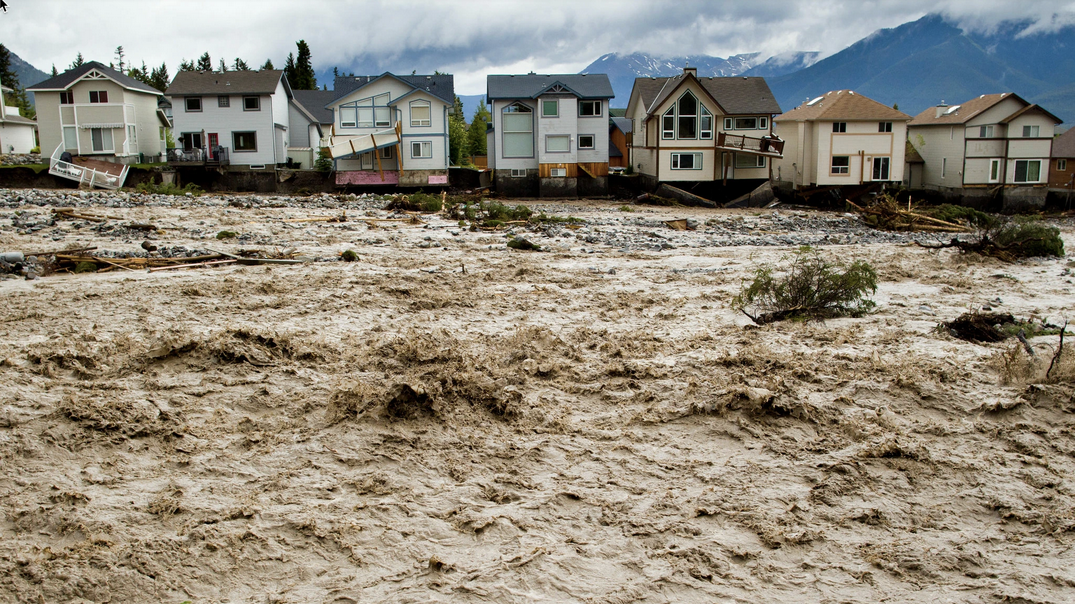GATINEAU, Quebec — Along the coast of the United States, people who lost homes to Hurricane Dorian are preparing to rebuild. But Canada — which has faced devastating flooding of its own — is testing a very different idea of disaster recovery: Forcing people to move.
Unlike the United States, which will repeatedly help pay for people to rebuild in place, Canada has responded to the escalating costs of climate change by limiting aid after disasters, and even telling people to leave their homes. It is an experiment that has exposed a complex mix of relief, anger and loss as entire neighborhoods are removed, house by house.
“Canadians are stubbornly beginning to reconsider the wisdom of building near flood-prone areas,” said Jason Thistlethwaite, a professor of environment and business at the University of Waterloo in Ontario. “It’s taking government action to obligate people to make better decisions.”
The real-world consequences of that philosophy are playing out in Gatineau, a city across the river from Ottawa that has been hit by two 100-year-floods since 2017. Residents here are waiting for officials to tell them if the damage from the latest flood, in April, exceeded 50 percent of the value of those homes. Those who get that notice will be offered some money and told to leave.




